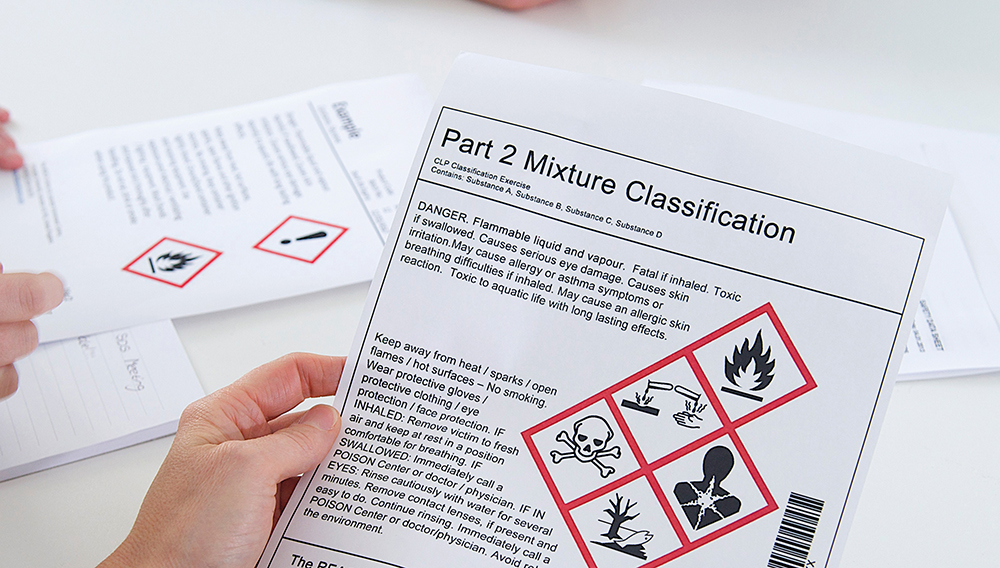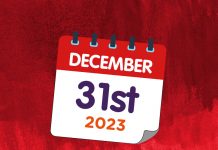By Dr Mark Earnshaw
Yordas Group (formerly The REACH Centre)
Safety data sheets (SDS), a requirement under the REACH Regulation (EC) 1907/2006, are one of the primary means for chemical manufacturers and suppliers to communicate information on hazards and safe use through the supply chain. According to the REACH Regulation the SDS must follow a specified 16 section format and also be provided in any official EU language(s) where the product is placed on the market. Also, since June 2015, all new products must be classified according to the CLP Regulation (EC) 1272/2008. This has led to some mixtures being upgraded from non-hazardous to hazardous, or mild hazards upgraded to more severe classifications, due to the change in criteria compared to the outgoing system. As a result, more and more SDS are needed with the burden for authoring these documents lying on the supplier. The CLP Regulation is the European implementation of the United Nations Globally Harmonised System of Classification and Labelling (GHS). Whilst this means that the classification and labelling of products will become harmonised, the format and content of SDS remains under the jurisdiction of national or regional authorities.
Hazard classification
The first step of authoring an SDS is the actual hazard classification process. Performed by assessing the hazards of the individual components, either one by one or collectively, against the classification criteria laid out in the CLP Regulation, this may be an easy process for some formulators with EU based suppliers, however, those with suppliers based in non-EU countries may receive very poor quality documentation in a non-EU format missing crucial information required for classification. Non-EU suppliers do not have an obligation to supply EU customers with a REACH Compliant SDS in instances where they are not responsible for placing on the EU market – this responsibility lies with the Importer.
Information sources – how reliable are they?
Hazard classifications for each substance can be found in a suppliers SDS, Harmonised classifications listed in CLP Annex VI and the European Chemicals Agency (ECHA) website. In January 2016, ECHA updated their chemical search function result with a “Substance Infocard” summarising the substance information and hazard classification according to the Classification and Labelling Inventory. On first glance, the Infocard appears to be a useful snapshot of information, but this data is generated automatically from several sources, which in some cases may create confusion. The data is drawn from the list of Harmonised classifications, REACH Registration dossiers and the Classification and Labelling Inventory (CLI). REACH Registration data may contradict Harmonised classifications (see sodium hydroxide as an example). Anyone familiar with the CLI will note that it can often contain many differing classifications from different companies, and may include notifications as CMR Category 1 hazards. As no data is submitted as part of a CLI notification it is impossible to actually verify each classification. In the case where CLI data is presented on the Infocard, this is given as an aggregation of all notified classifications without any consideration of reliability and will likely be an over-classification where CMR Category 1 hazards are included. There are just over 120,000 substances notified to the CLI, a far greater number than substances with a Harmonised classification or REACH Registration. By the next REACH Registration deadline (31st May 2018) substances manufactured in, or imported to, the EEA between 1 and 100 tonnes/year will need to be registered. These registrations will provide valuable hazard datasets for large number of substances, although there are fewer endpoints required for the lower tonnage bands and some gaps will not be fulfilled.
Extracting information
from SDS
Interpreting the information within an SDS and applying the recommendations in the workplace can also pose challenges. In the UK, the Control of Substances Hazardous to Health (COSHH) Regulation applies to any users of hazardous materials including dusts and substances with a Workplace Exposure Limit (WEL). Employers must carry out a risk assessment to ensure that employees are not exposed to hazardous substances and where exposure cannot be excluded implement suitable protective equipment and control measures. The Chemical Safety Assessment performed for a REACH Registration identifies a Derived No-Effect Level (DNEL) for a substance. The DNEL is a benchmark, rather than an exposure limit, above which humans should not be exposed. The REACH Registrant can then use the DNEL to identify the appropriate Risk Management Measures (RMM) to minimise or eliminate exposure. By complying with ‘good control practice’ under COSHH, employers are likely to comply with any WELs, DNELs and RMMs associated with a substance. However, there may be cases for registered substances where the RMMs do not apply to a particular use and the employer should provide feedback to the supplier and request that their use be evaluated.
Roles and Obligations
Suppliers of substances and mixtures that require an SDS must ensure compliance with the Regulations before any documents are distributed. Following this they have ongoing obligations under REACH Article 31(9), such as updating the SDS when:
i) new hazard information or information that may affect the risk management measures becomes available;
ii) a REACH Authorisation for a substance has been granted or refused;
iii) a REACH Restriction has been imposed.
When any one of these instances occurs, suppliers must update their SDS (and labels where appropriate) and issue to all the former recipients to whom they have supplied the substance or mixture within the last 12 months.
Users should also assess incoming SDS for compliance and in particular ensure that their uses are covered in the SDS.
Ultimately, each actor in the supply chain is responsible for ensuring the SDS they supply are compliant and up to date. There is currently a wealth of resources and tools freely available to companies involved in authoring SDS and this will only continue to grow as more and more substances are registered.
www.yordasgroup.com














